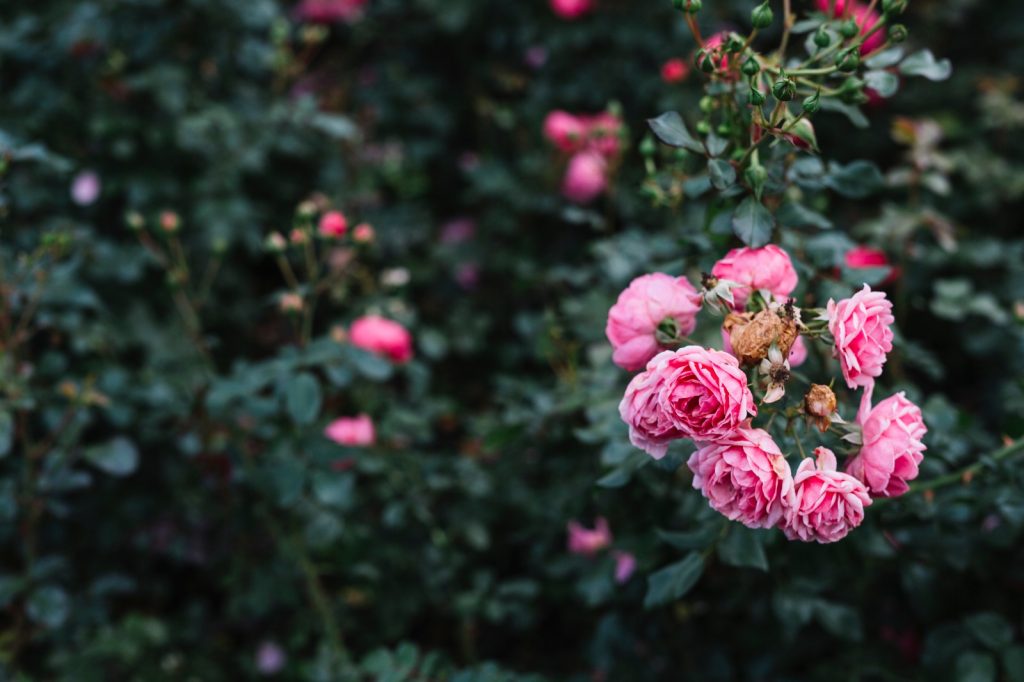Indonesia is a vast archipelago located in Southeast Asia and is known for its rich biodiversity. The country is home to some of the world’s most stunning natural landscapes, from towering volcanoes to lush rainforests. Indonesia is also home to a myriad of plant species, many of which are endemic to the region.
The country’s forests are teeming with unique flora, including giant flowers like the Rafflesia Arnoldii and the Titan Arum, as well as carnivorous plants like the Nepenthes and the Pitcher Plant. Indonesia’s forests also contain a variety of orchids, ferns, and palms, making it a paradise for botanists and nature lovers alike. With such a diverse array of plant species, Indonesia truly is a natural wonder of the world.
10 of the Most Intriguing Plant Species Found in Indonesia

Indonesia is a treasure trove of natural beauty, boasting of stunning landscapes and rich biodiversity. The country’s lush forests are home to a myriad of plant species, many of which are found nowhere else in the world. From the towering trees of the rainforest to the unique flora of the islands, Indonesia is home to some of the rarest and most fascinating plants on the planet. In this article, we’ll take a closer look at 10 of the most intriguing plant species found in Indonesia’s enchanting forests.
1. Rafflesia Arnoldii
The Rafflesia Arnoldii is the world’s largest flower and is found in the rainforests of Sumatra and Borneo. The flower can grow up to three feet in diameter and has a distinctive odor similar to rotting flesh. Due to its rarity and unique characteristics, the Rafflesia Arnoldii is considered a national treasure in Indonesia.
2. Titan Arum
The Titan Arum, also known as the “Corpse Flower,” is another giant flower found in Sumatra. This plant can grow up to 10 feet tall and emits an odor similar to that of a rotting corpse, attracting carrion beetles and other insects that help pollinate the flower. The Titan Arum is considered a rare and endangered species due to habitat loss.
3. Nepenthes
Nepenthes, commonly known as tropical pitcher plants, are carnivorous plants found in the rainforests of Southeast Asia. These plants have modified leaves that form a unique, vase-like structure filled with digestive enzymes that trap and digest insects. There are over 100 species of Nepenthes found in Indonesia, many of which are endemic to the region.
Also Read : 7 Must-Visit Destinations in Sumatra to Experience the Best of the Island
4. Amorphophallus Titanium
The Amorphophallus Titanium, also known as the “Corpse Plant,” is a rare plant found in the forests of Sumatra. This plant has a large, phallic-shaped flower that emits a putrid odor to attract carrion beetles for pollination. The plant can take up to 10 years to bloom and is considered a threatened species due to habitat loss.

5. Pitcher Plant
The Pitcher Plant, also known as the Monkey Cup, is a carnivorous plant found in the rainforests of Southeast Asia. This plant has modified leaves that form a cup-like structure filled with digestive enzymes that trap and digest insects. The Pitcher Plant is a unique and fascinating plant species found in Indonesia’s forests.
6. Aglaonema Pictum Tricolor
Aglaonema Pictum Tricolor is a rare plant found in the forests of Java. This plant has striking leaves with pink and green markings, making it a popular ornamental plant. Aglaonema Pictum Tricolor is a rare and endangered species due to habitat loss.
7. Rhododendron Rumphii
The Rhododendron Rumphii is a rare flowering plant found in the rainforests of Sumatra. This plant has stunning pink flowers that bloom in clusters, making it a popular ornamental plant. The Rhododendron Rumphii is considered a rare and endangered species due to habitat loss.
8. Dendrobium
Dendrobium is a genus of orchids found in the rainforests of Southeast Asia, including Indonesia. These orchids have striking flowers and are popular as ornamental plants. There are over 1,500 species of Dendrobium found in Indonesia, many of which are endemic to the region.
Reason Why Indonesia is Home to a Myriad of Plant Species

Indonesia is home to a staggering array of plant species, ranging from the towering trees of the rainforest to the unique flora of the islands. There are a number of factors that contribute to Indonesia’s incredible biodiversity, making it one of the most ecologically diverse regions on the planet.
Geographical Location
Indonesia’s location at the intersection of two major biogeographical regions – the Asian continent and the Australian continent – has played a significant role in shaping its plant diversity. This has resulted in a unique blend of flora from both regions, resulting in a rich mix of species that are found nowhere else in the world.
Also Read : 7 Monkey Species You Can Encounter on Your Jungle Adventure in Bukit Lawang
Climate
Indonesia’s tropical climate, with high levels of rainfall and year-round warmth, creates ideal conditions for plant growth. The country’s diverse range of habitats, from lowland rainforests to high altitude mountain ranges, provide a range of microclimates that support a variety of plant species.
Geological History
Indonesia’s geological history has played a key role in shaping its plant diversity. The archipelago was formed as a result of volcanic activity, creating a range of habitats that have allowed for the evolution of unique plant species. The country’s volcanic soil is rich in nutrients, providing ideal conditions for plant growth.
Ecological Diversity
Indonesia’s rich ecological diversity, with its varied landscapes, from the coral reefs of the sea to the mountain peaks, has allowed for the evolution of an incredible range of plant species. The country is home to a number of distinct ecosystems, including mangrove swamps, peatlands, and lowland rainforests, each with its own unique flora.
Human Influence
While human activity has had negative impacts on Indonesia’s plant species diversity, such as deforestation and habitat destruction, it has also played a role in the evolution of new species. Traditional agricultural practices, such as the use of slash-and-burn techniques, have created new habitats that support a range of plant species.
In conclusion, Indonesia’s incredible plant diversity is the result of a number of factors, including its unique geographical location, favorable climate, geological history, ecological diversity, and human influence. With its vast array of flora, Indonesia is a true natural wonder of the world and a testament to the incredible diversity of life on our planet.

Muhammad Bing Keulana is a prominent traveler and writer who spent a lifetime exploring the world and documenting his experiences. He is a true adventurer, always seeking out new and exciting experiences. His love for exploration is matched only by his passion for writing







